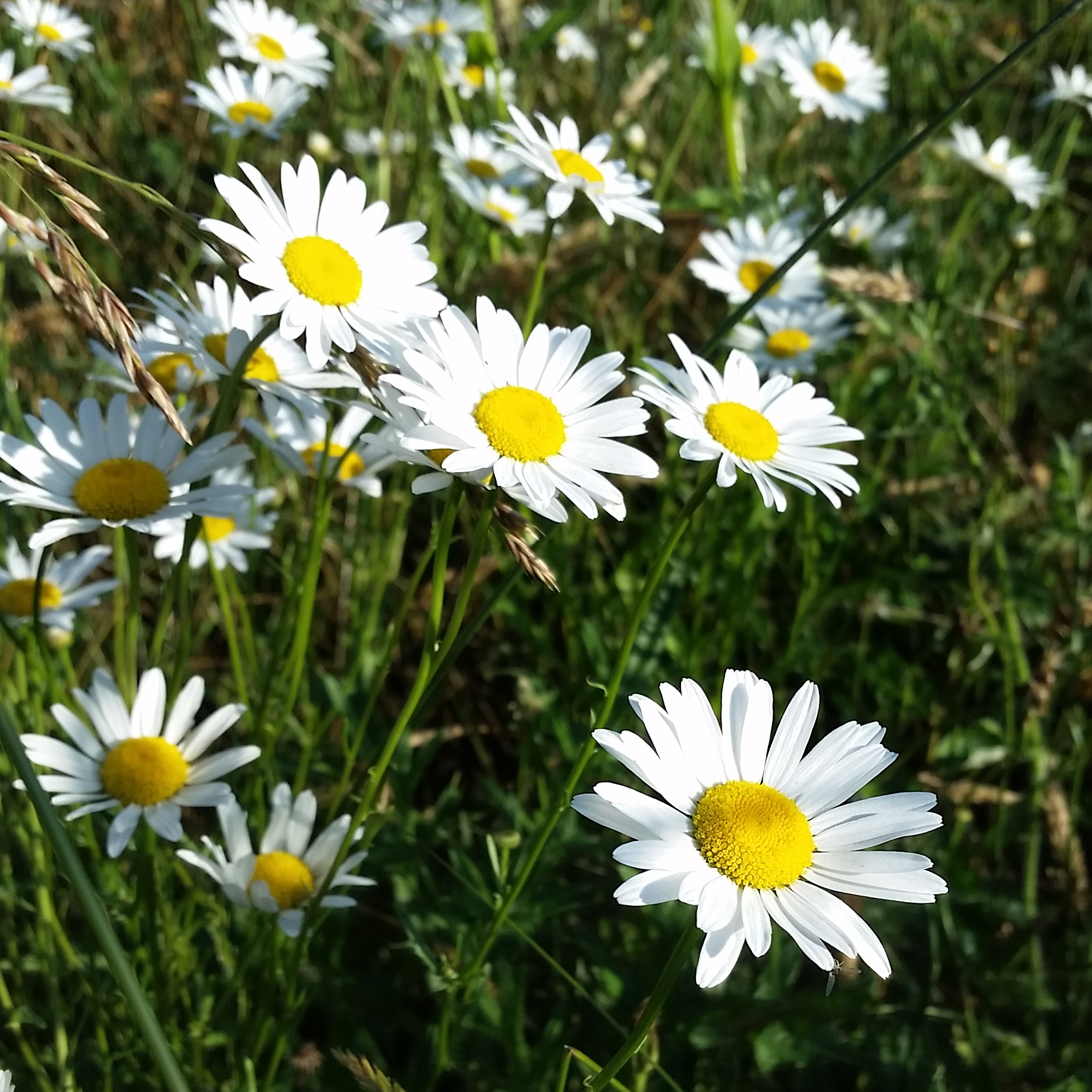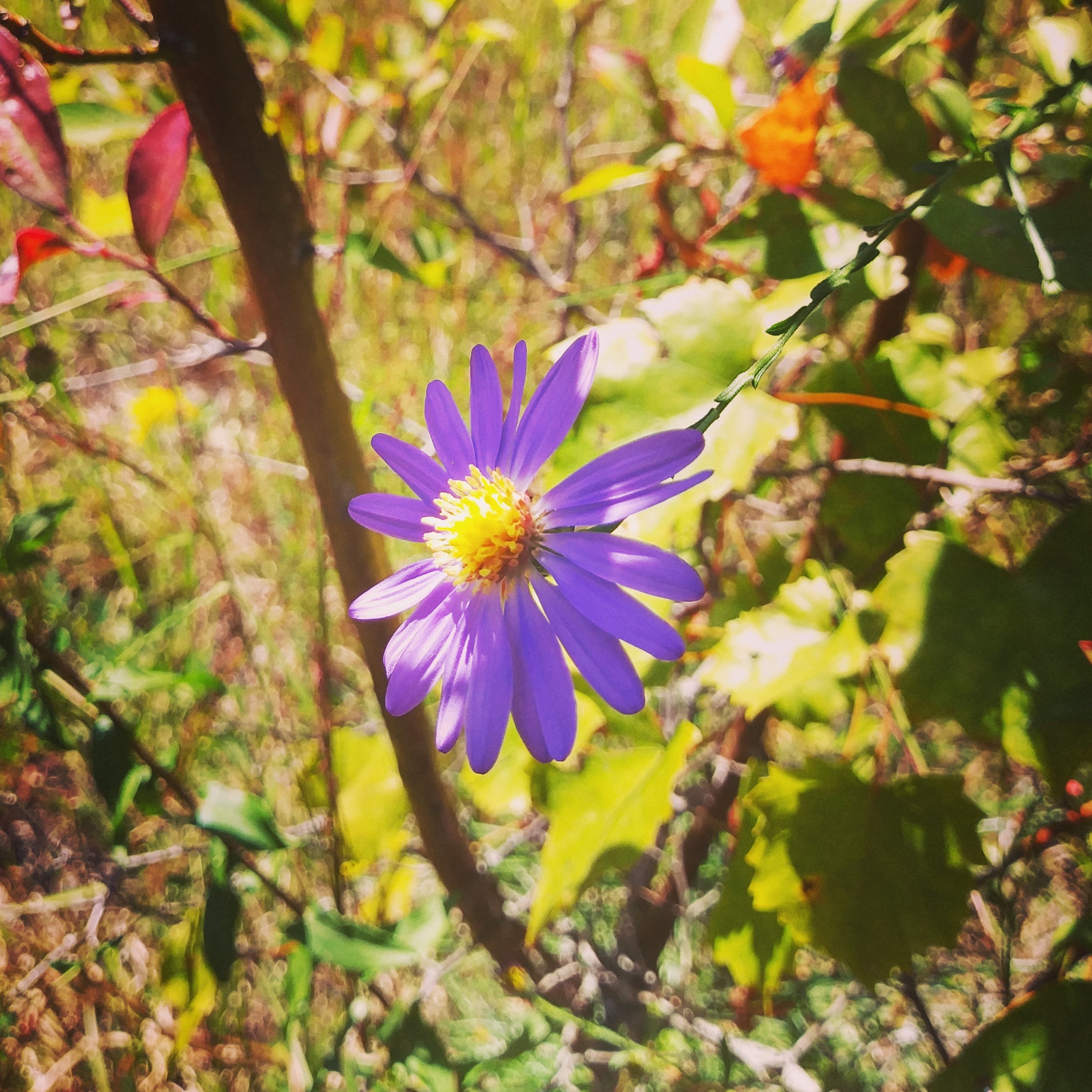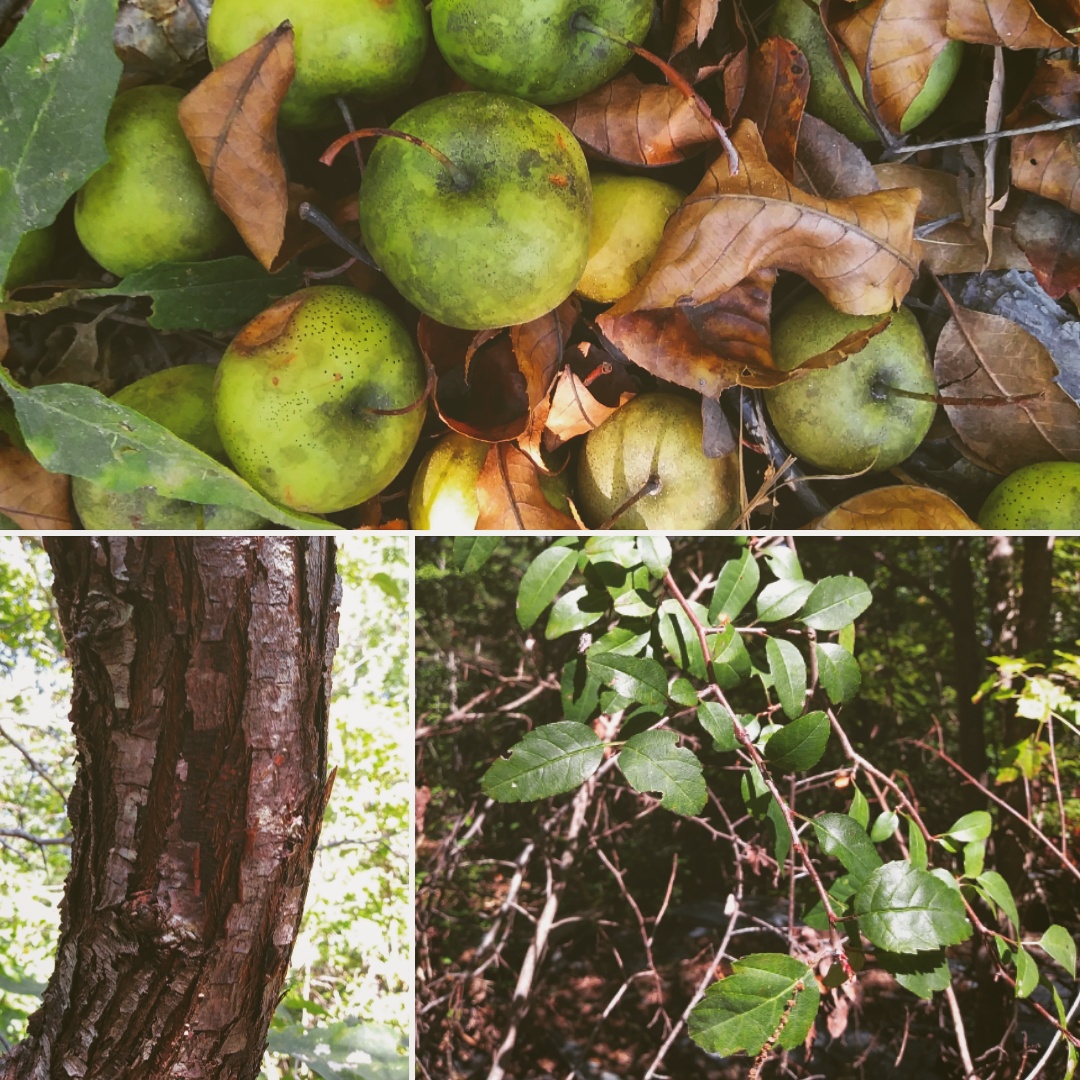“Although they grow all over the world, blackberries are about as all-American as it gets. They’re a part of our culture, especially in the South. I have many fond memories of picking blackberries with friends and family, and then enjoying a cobbler fresh out of the oven with vanilla ice cream that evening.”
Read more#WildEdibleWednesday 6/20 - Bull Thistle
Most plants in the Aster family are beautiful, delicate, meadow flowers that are the kind of thing you’d pick for your lady friend or that an artist would paint a still life of. Not bull thistle. Oh, naw. It looks like it came straight out of Little Shop of Horrors, and if you don’t cut it down, it’ll break into song and try to eat Rick Moranis.
Read more#WildEdibleWednesday 6/6 - Henbit Deadnettle
So named because chickens absolutely love it, it’s very closely related to Purple Deadnettle from a few months ago, and the two can be used interchangeably. Consider it a 2-for-1 deadnettle deal: If you can learn how to use one, you know how to use the other by default.
Read more#WildEdibleWednesday 5/30 - Oxeye Daisy
One of the most recognizable wildflowers in the world, daisies have also been used as a medicinal plant for thousands of years.
Read more#WildEdibleWednesday 5/16 - Wood Sorrel
“In an ironic twist of fate which we find highly entertaining, some of the fanciest restaurants in New York, L.A., Atlanta, and elsewhere serve wood sorrel as a garnish or a dish to complement meals that would be worth a few day’s pay for us.”
Read more#WildEdibleWednesday 4/4 - Purple Dead Nettle
Although it sounds like an alt-metalcore band name (at least to me), purple dead nettle is another common “lawn weed” that you’ve probably walked by every day without knowing what it was.
Read more#WildEdibleWednesday 3/28 - Wild Mustard
During the oppressive, impoverished years of Reconstruction in the South, mustard greens made up a large part of the diet of most poor farmers in rural areas, like my ancestors in the west end of Pickens County.
Read more#WildEdibleWednesday 3/21 - Common Blue Violet
Violets have a long association with the coming of spring in various cultures throughout the world, which is not surprising as they’re one of the first flowers to brave the cold and bloom out in late winter.
Read more#WildEdibleWednesday 3/14 - White Clover
"The shamrock became a symbol of rebellion, worn proudly by Irish freedom fighters attempting to throw off the oppressive English rule... a three-leaved middle finger to the British Crown for the whole world to see."
Read more#WildEdibleWednesday 2/28 - Chickweed
"Chickweed is just another example of how the most valuable plants in your yard are probably the ones you’ve been trying to kill. Along with plantain, oxalis, lamb’s ear, burdock, dandelion, and many more, there’s a whole salad bar and pharmacy right outside your front door."
Read more#WildEdibleWednesday 1/10 - American Beech
Their bark is totally smooth – the only large tree in our area that doesn’t have textured bark when mature. This bark is a perfect canvas – look hard at any mature beech and you’ll probably see names, dates, hearts, and initials carved into the bark.
Read more#WildEdibleWednesday 11/29 - Hickory
"Tall, tough, and stout, hickories are among the most useful and desirable trees in the forest. Like oaks, there are a lot of different species of hickories, but also like oaks, it doesn’t really matter that much."
Read more#WildEdibleWednesday 10/18 - Late Purple Aster
For this week’s #WildEdibleWednesday, we’re going to continue on our wildflower kick with Symphyotrichum patens, or the Late Purple Aster.
Read more#WildEdibleWednesday 10/4 - Southern Crabapple
"Before all kids everywhere became glued to iPad screens, they had crabapple wars."
Read more













